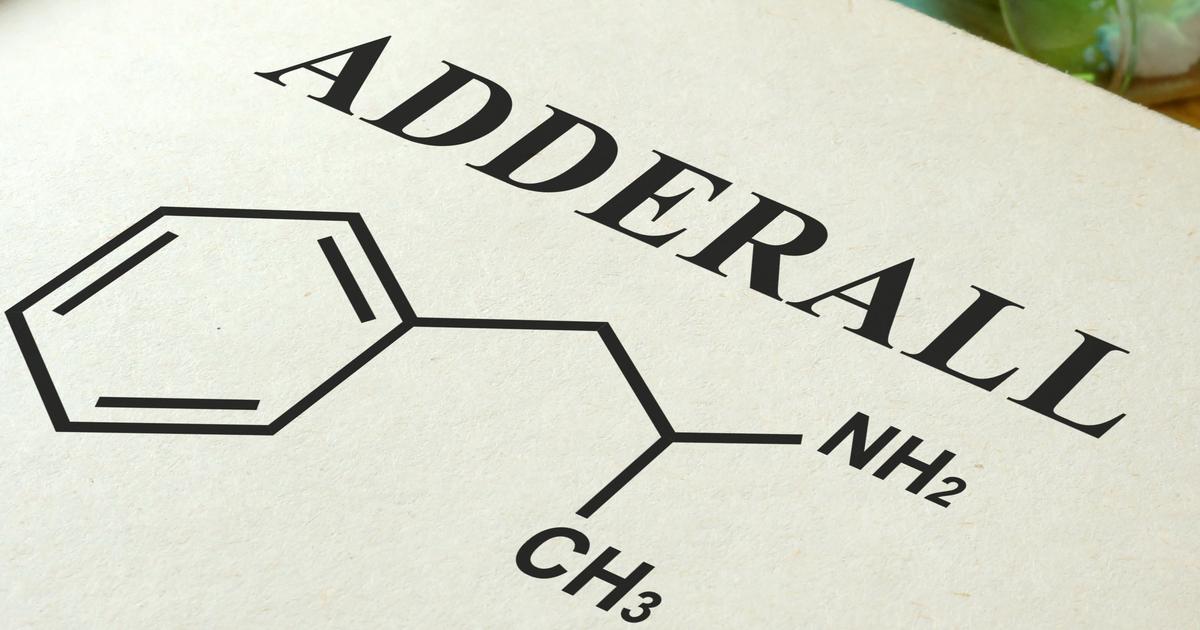10 Startling Facts That Unmask the Reality of Adderall
You might think you know Adderall—the ubiquitous pill for focus, the alleged "study drug," or the go-to for battling narcolepsy. But beneath its common perception lies a complex reality, often masked by everyday usage and hushed conversations. This powerful prescription medication, a blend of dextroamphetamine and amphetamine, directly manipulates crucial brain chemicals, profoundly impacting attention and wakefulness. Yet, its widespread presence conceals surprising truths about its effects, its reach, and the often-unseen consequences. Prepare to look beyond the headlines and personal anecdotes as we unveil 10 startling facts that unmask the true reality of Adderall, challenging common assumptions and illuminating its profound impact.
1. Class Of Medication

Adderall is a prescription medication that is part of a class of drugs called stimulants, which cause an increase in activity in an individual's brain. Prescription stimulant drugs have their primary effects on an individual's autonomic nervous system and central nervous system. This type of psychoactive drug causes a temporary increase in mood, alertness, and awareness. A wide range of stimulant drugs is utilized for different purposes and use a different mechanism of action to accomplish their effects. Stimulants referred to as methylxanthines stop certain enzymes that increase the amount of a compound called cyclic adenosine monophosphate and include nicotine and varenicline. Amphetamines work by stimulating the release of dopamine, serotonin, and norepinephrine and suppressing the activities of monoamine oxidase. Stimulants are known to cause an increase in an individual's blood sugar, decrease in appetite, increase in heart rate, increase in blood pressure, and an increase in body temperature. Most drugs classified as stimulants have qualities that make them addictive and prone to abuse. However, taking prescribed stimulant medications according to a physician's instruction should not produce addiction or any other harmful effects in most individuals.
2. Common Uses For Adderall

Adderall is commonly used for individuals who have attention deficit hyperactivity disorder (ADHD). This condition can make it increasingly difficult for a patient to maintain sufficient focus and concentration at work and school. Most cases of ADHD manifest during school years in childhood or early in adolescence, but adult cases do occur as well. An individual develops ADHD as the result of a deficiency in the quantity and function of a certain neurotransmitter in the brain called dopamine. Dopamine levels have a critical influence on motivation, attention, and movement. Adderall causes an increase in the amount of dopamine in the brain and upregulates the activity of dopamine, effectively alleviating symptoms produced in a patient with lower than normal levels of dopamine. Adderall is used to treat individuals affected by ADHD that are three years of age and older. The appropriate dosage of Adderall is not the same for everyone and has to be determined based on titrating up on the dose until the desired effects are achieved.
